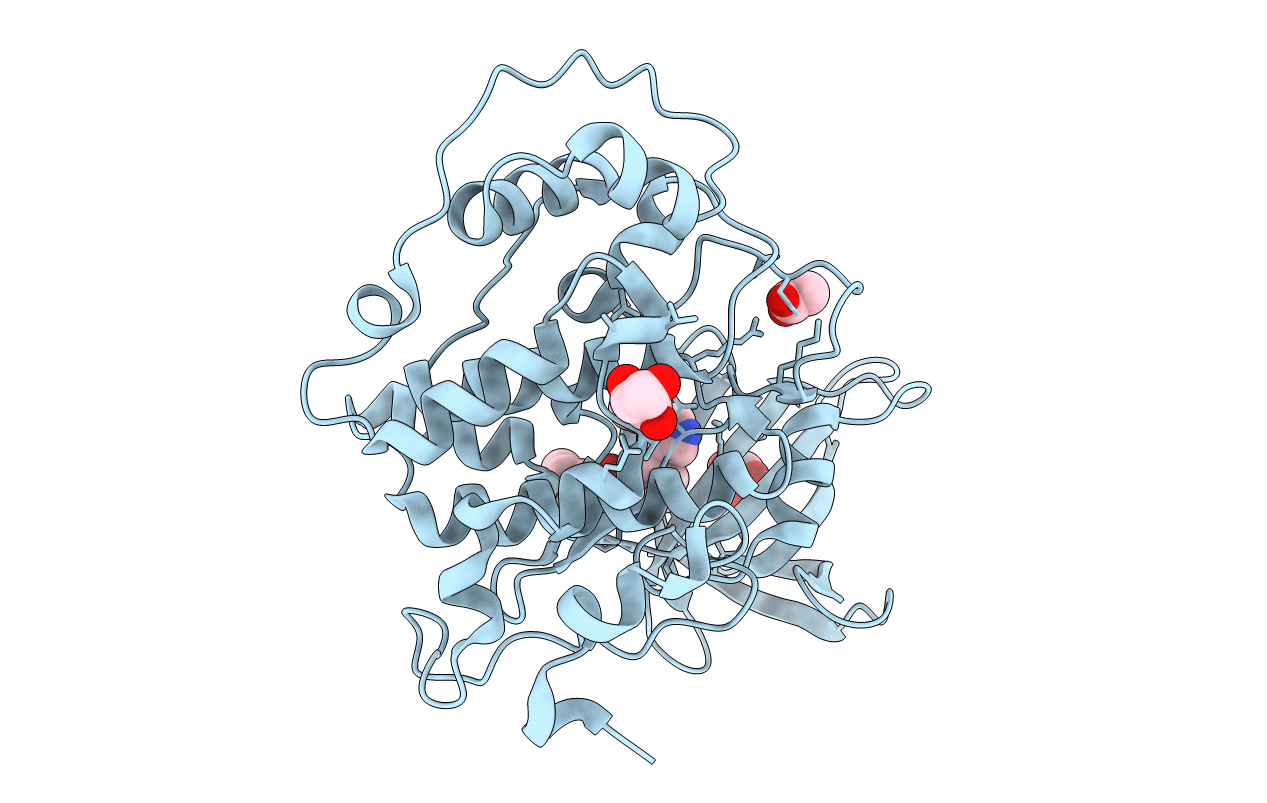
Deposition Date
2020-03-10
Release Date
2020-05-20
Last Version Date
2024-10-23
Entry Detail
PDB ID:
6Y9R
Keywords:
Title:
Crystal structure of GSK-3b in complex with the 1H-indazole-3-carboxamide inhibitor 2
Biological Source:
Source Organism:
Homo sapiens (Taxon ID: 9606)
Host Organism:
Method Details:
Experimental Method:
Resolution:
2.08 Å
R-Value Free:
0.22
R-Value Work:
0.18
R-Value Observed:
0.19
Space Group:
C 2 2 21


